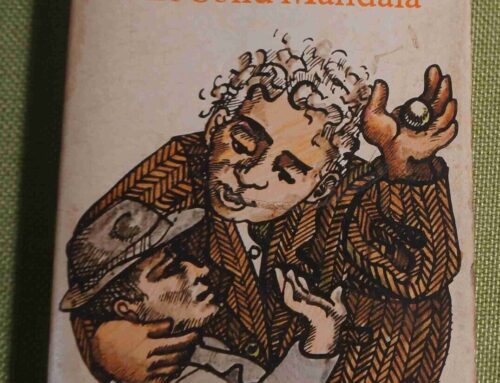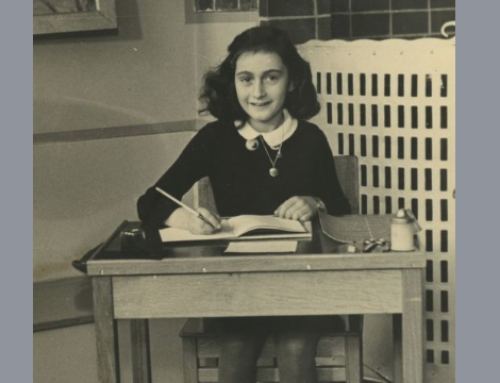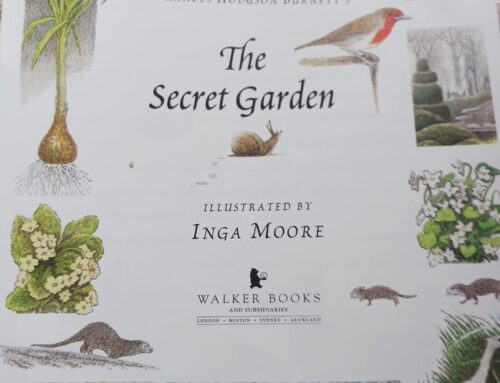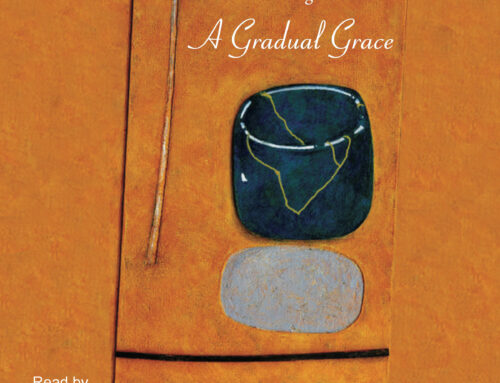Ruth, by Elizabeth Gaskell, published in 1853, challenges the archetype of The Fallen Woman, and asks us to consider: what is the dividing line between a good woman and a woman who has sinned against the rules of morality that religion has built around sexuality? Gaskell was the wife of a Unitarian minister, and an author I admire for her social realism and imaginative construction of believable life stories. In this book, I found religion far more present than in her other novels. Ruth follows her first, very successful book, Mary Barton (which I haven’t read yet) and precedes North and South, which is one of my favourites. North and South takes on the class war of the industrial north, with its factories and slums, against the genteel bourgeois world represented by the rural south. This clash is played out chiefly through the conflicted romance of the daughter of a clergyman from the south and the owner of a cotton mill. Marriage is a closure to the conflict, but does not solve the problems of industrial modernity.
In Ruth, romance is not the central theme and is not the heroine’s destiny. Her innocence and purity are the victims of her orphaned state, the class divide, and the narcissistic character of her seducer. Ruth, at 14, becomes apprenticed to a dressmaker, one of a dozen or more girls who work long hours for their board: one of the class of “vulnerable women in sweat-shop conditions in the garment trade”, as Tim Dolin writes in the Introduction to the Oxford World Classics edition. Gaskell took a big risk, placing this innocent victim at the centre of her novel. Ruth, like her biblical namesake, is a model of loving kindness, compassionate, loyal and dutiful. She is seduced from this truth of herself by a spoiled, self-centred, wealthy man, who befriends her and is the cause of her dismissal by her mistress and her subsequent motherhood. Her destiny is not marriage, but betrayal, abandonment, scapegoating, poverty and self-sacrifice, ending in her redemptive service to her son, to the poor, and during a typhoid epidemic, to the sick and dying. Throughout all her trials, she remains pure, unselfish, pious. Yet, she must be punished. Why?
Goodness is not exclusively hers. The couple who take her in, a Unitarian minister, Thurstan Benson, and his sister, Faith, mirror many of her qualities, though they are more worldly and more aware of the minefield of Victorian hypocrisy in provincial society. They, and their rough, homely, good-hearted servant, Sally, commit their own ‘sin’ in Ruth’s interest, by lying about her background and giving her an alibi as a young widow. This fiction is eventually exposed, and judgment falls heavily on Ruth and her protectors, and on her son, Leonard.
The denouement of this tragedy is one I will leave untold, in case you have not read the story. Although I had difficulty digesting the religious theme of the story, I was shocked and outraged by the judgment of Ruth, and turned the mirror on myself. I, too, became a ‘fallen woman’ in the 1970s, when my marriage broke up. I was labelled by my ex-husband and judged by many who were close to me. As feminist readers of Ruth have pointed out, the dichotomy of Maddona and the whore remains in our civilisation. It may not have the same religious clothes, but it is still an archetype of our culture.
I asked myself, why did Gaskell cast her heroine as a condemned woman, whose redemption was also her tragedy? I can only surmise she did this to avoid alienating her secular readership, the middle-of-the-road Protestants. Unitarianism was “pluralistic and tolerant, rational and socially radical; a force for social justice, equality, and reform, and a champion of feminism,” as Tim Dolin cites in the Oxford Classics edition. There are minor characters in the story, like Sally, the servant, and some of the family who employ Ruth as a governess before her disgrace, who are more complex, more fallible, contradictory and “naughty” than Ruth and her protectors. I use the word naughty to echo Gaskell’s confession to a friend:
The difference between Miss Bronte and me is that she puts all her naughtiness into her book, and I put all my goodness. … my books are so far better than I am that I often feel ashamed of having written them and as if I were a hypocrite.
I love this confession. The yin and yang of morality, the light and shadow, the bad and the good, the failures and triumphs, the good intentions and the wrong outcomes… light is the left hand of darkness, as Ursula le Guin writes in her wonderful novel, The Left Hand of Darkness.
The answer to the question I opened this review with is that the line between the good woman and the fallen woman is very fine, and is an illusion of perception.




